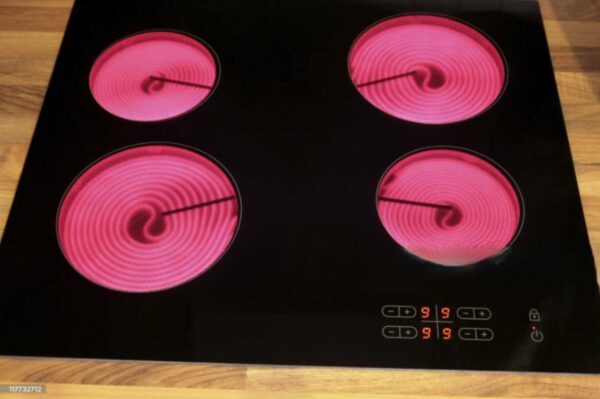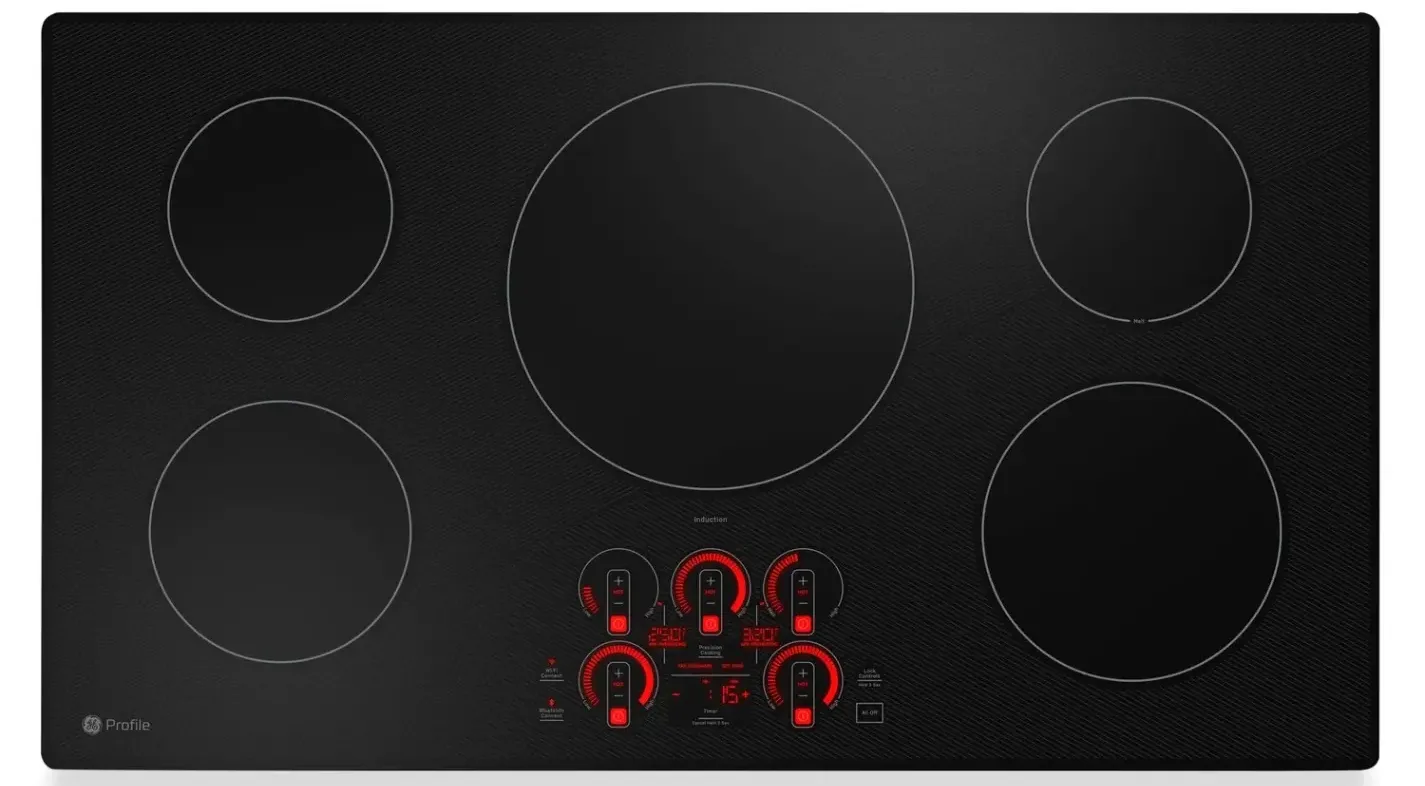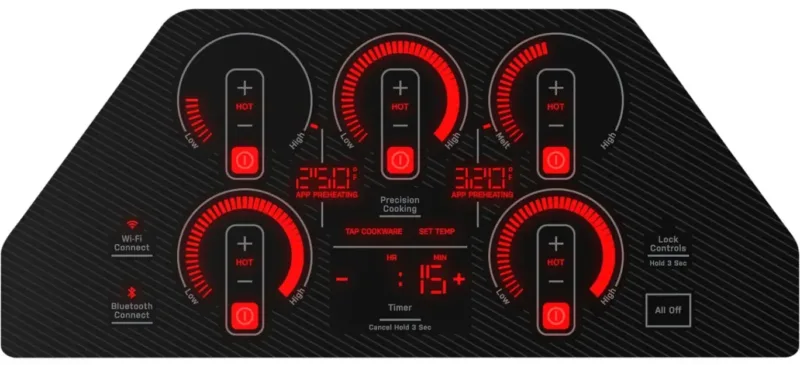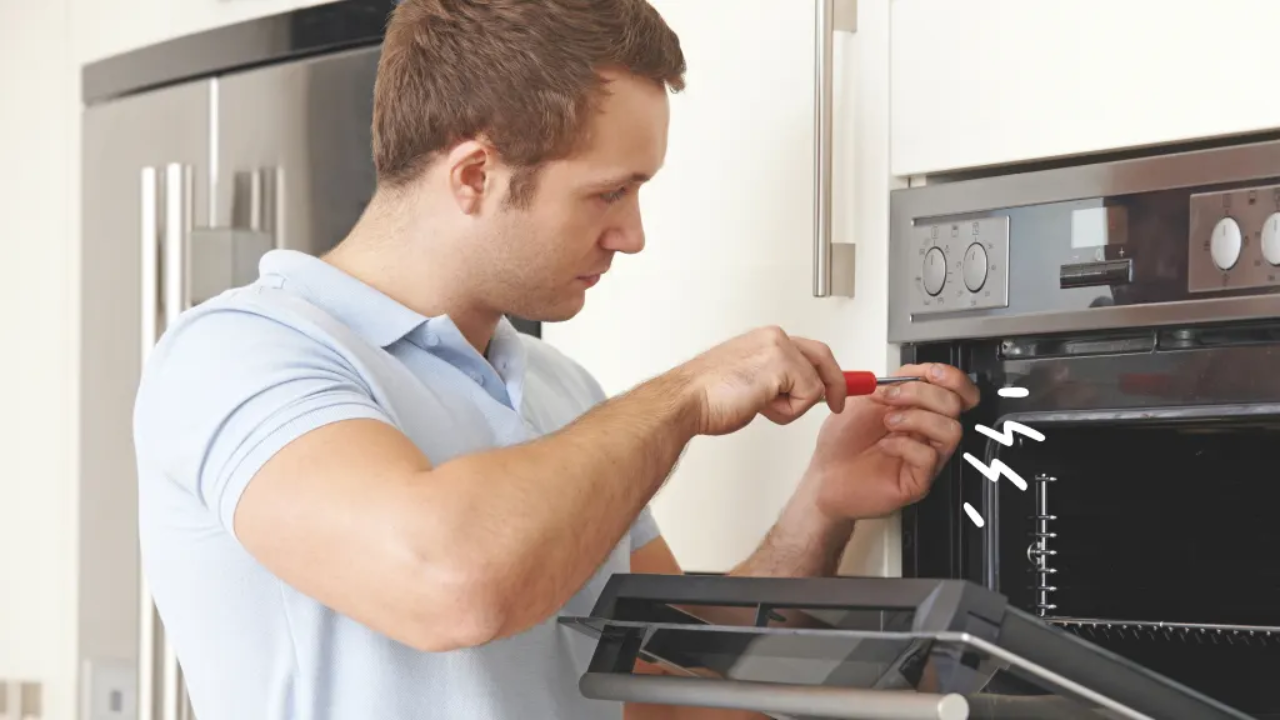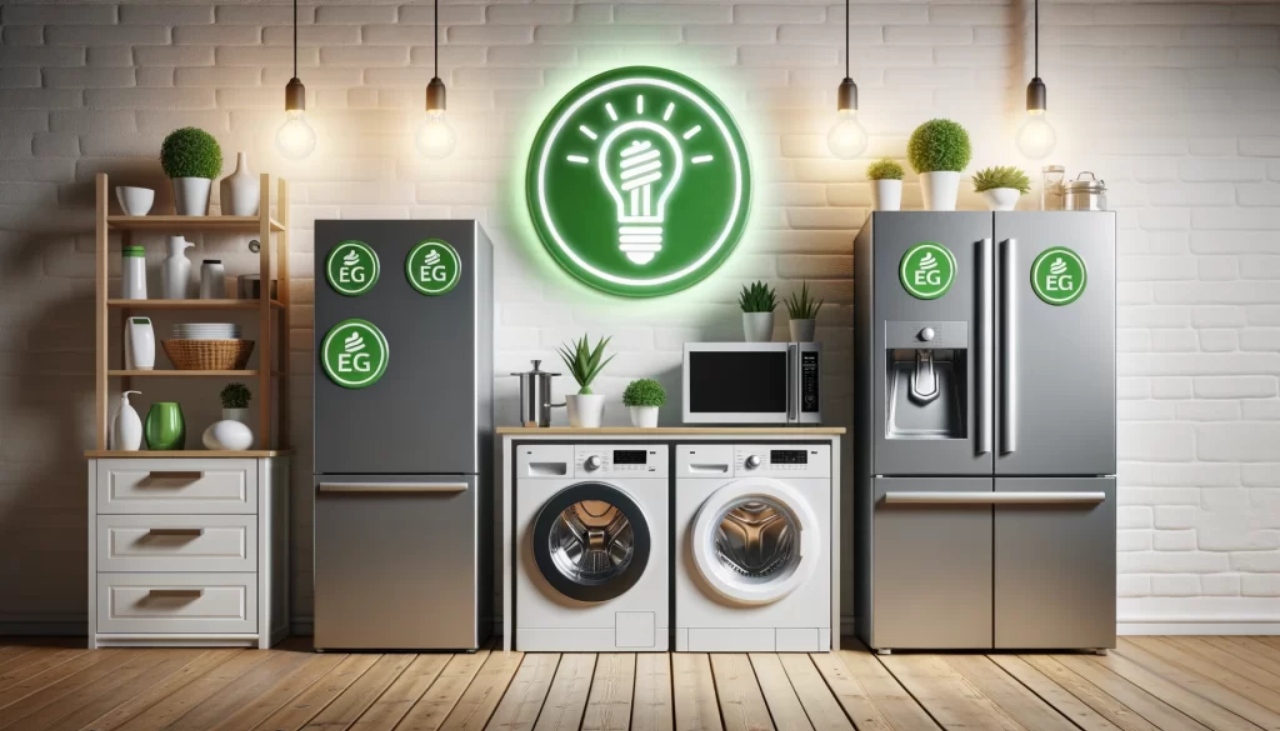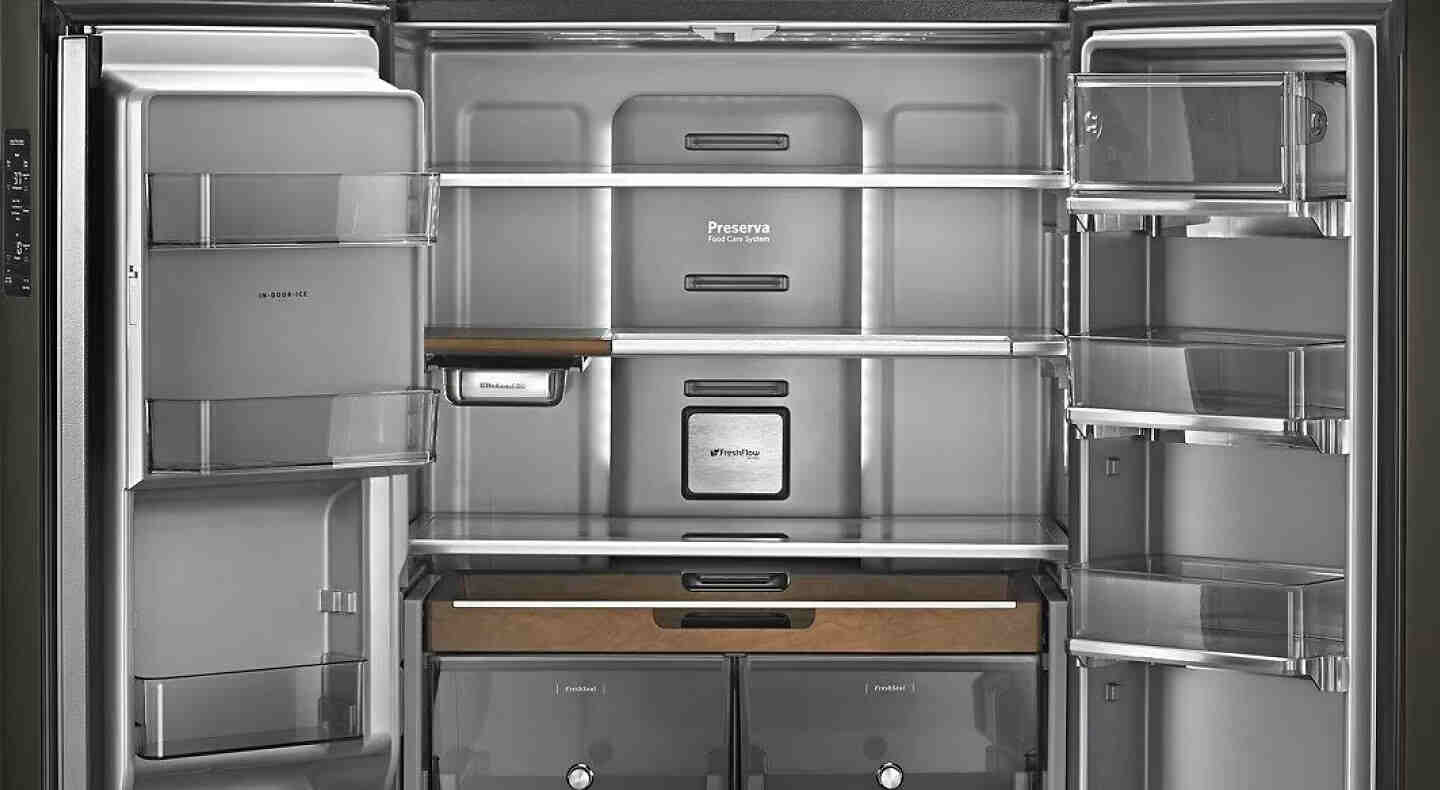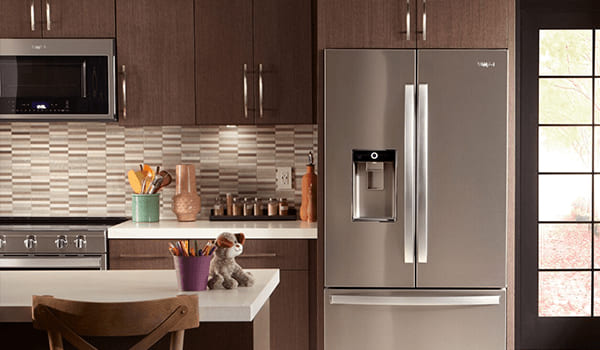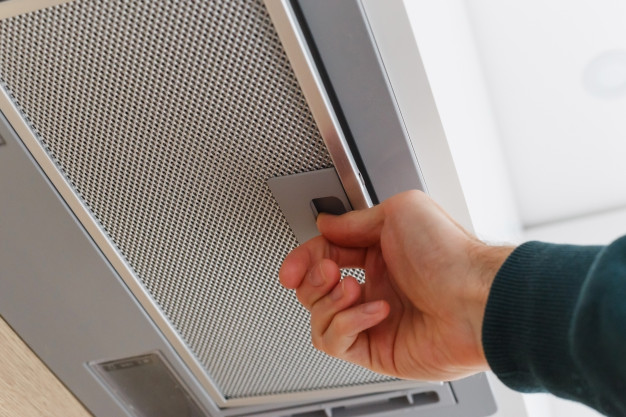Infrared and induction stoves are two modern cooking technologies that offer unique benefits and drawbacks. Both offer energy efficiency and faster cooking times than traditional stoves, but each has distinct features. Here’s a look at the pros and cons of both types to help you decide which might be the best fit for your kitchen.
Infrared Stoves
Infrared stoves use electric coils to generate infrared energy, heating the cooktop and the cookware. These stoves have a ceramic or glass surface, giving them a sleek, smooth appearance.
Pros:
Fast Heating
Infrared stoves heat up quickly, reaching high temperatures in seconds, which is ideal for quick cooking.Uniform Heat Distribution
They offer even heat distribution across the cookware, reducing the likelihood of hot or cold spots.Compatible with All Cookware
Unlike induction stoves, infrared stoves work with any type of cookware, including glass, ceramic, and metal pots and pans.Energy Efficient
Infrared stoves are energy-efficient, as they transfer more heat to the cookware without wasting energy in the air around the burner.Simple Maintenance
With a flat ceramic or glass surface, infrared stoves are generally easy to clean. Spills can be easily wiped up, and they don’t have burners or grates to scrub.
Cons:
Residual Heat
The glass or ceramic cooktop remains hot after cooking, which can be a safety concern, especially in homes with children.Higher Energy Consumption
While efficient, infrared stoves consume more energy than induction stoves, which heat the entire cooktop and lose some heat to the surrounding air.Risk of Cracking
The glass surface can crack if heavy cookware is dropped on it, which could require costly repairs or replacement.Slower Cooling
Unlike induction stoves, infrared stoves take longer to cool down, which may delay cleaning or present a burn risk.
Induction Stoves
Induction stoves use electromagnetic fields to generate heat directly in the cookware, rather than heating the cooktop itself. This method requires magnetic cookware, such as cast iron or some stainless steel.
Pros:
Highly Energy Efficient
Induction stoves are extremely efficient since they heat only the cookware, with minimal energy wasted. This translates to faster cooking and lower energy bills.Fast and Precise Temperature Control
Induction cooktops respond immediately to temperature adjustments, making them ideal for precision cooking.Cool Surface
Since the cooktop itself doesn’t heat up, it remains cooler to the touch, significantly reducing the risk of burns.Easy to Clean
With no residual heat, spills won’t bake on the surface, making induction cooktops easy to clean with just a simple wipe.Safety Features
Many induction stoves have built-in safety features like auto-off if no pan is detected, which reduces the risk of leaving the stove on by accident.
Cons:
Requires Compatible Cookware
Only magnetic cookware works on induction stoves, which may require an investment in new pots and pans if you don’t already have compatible pieces.Initial Cost
Induction stoves are typically more expensive upfront compared to other types of stoves, though they may save money in the long run on energy bills.Learning Curve
The rapid temperature control can be challenging for those used to traditional stoves. It may take some time to get comfortable with how quickly an induction stove heats and cools.Electrical Requirements
Induction stoves often require a dedicated electrical circuit and may need professional installation, which can add to the initial cost.Potential Noise
Some users report a buzzing sound when cooking on an induction stove, especially at higher power levels or with certain cookware.
Infrared stoves are versatile, work with any cookware, and offer fast heating, but they retain residual heat and consume slightly more energy. They’re ideal for those who want a sleek, easy-to-clean option that doesn’t require specialized pots and pans.
Induction stoves provide precise control, high energy efficiency, and enhanced safety with their cool surface, but they require compatible cookware and can have a higher upfront cost. They’re a great choice for those focused on energy efficiency and precise temperature control.
Both types of stoves bring unique benefits to the kitchen, so consider your cooking habits, budget, and preferences to determine which will serve you best.



